Home>Garden Essentials>What Is Infill Plane
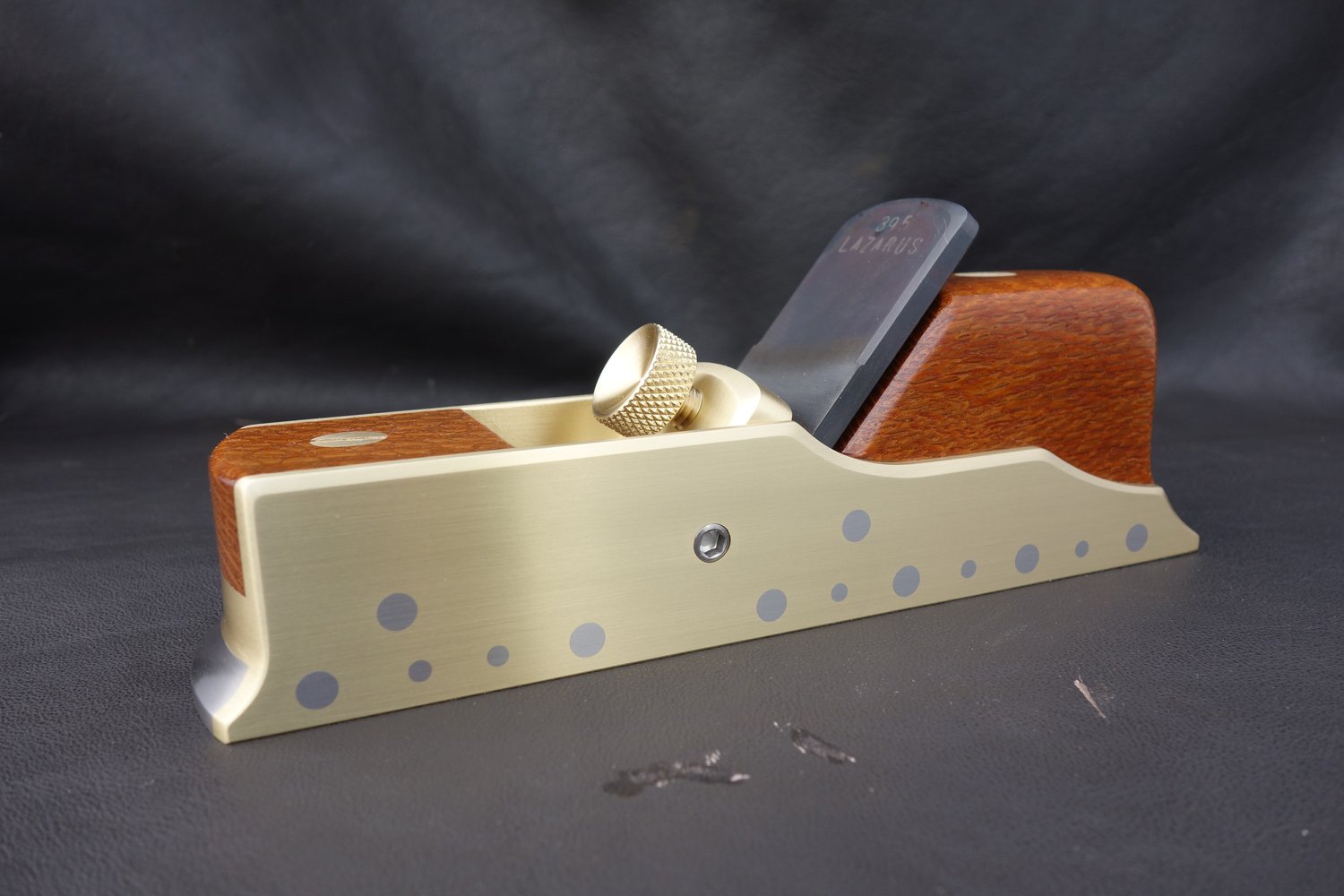

Garden Essentials
What Is Infill Plane
Modified: March 7, 2024
Learn all about the benefits and uses of garden infill planes. Find out how these versatile tools can help you achieve a perfectly manicured and level garden.
(Many of the links in this article redirect to a specific reviewed product. Your purchase of these products through affiliate links helps to generate commission for Storables.com, at no extra cost. Learn more)
Introduction
Welcome to the world of gardening, where the beauty of nature meets the skills of a gardener. Gardens are not only a source of visual delight but also provide a sanctuary for relaxation and rejuvenation. To create and maintain a vibrant garden, it is essential to have the right tools at your disposal, including the ever-versatile and reliable garden spade.
A garden spade is an indispensable tool for any gardener or landscaping enthusiast. It plays a crucial role in various garden tasks, such as digging, planting, edging, and transferring soil. The spade’s sturdy construction, sharp blade, and comfortable handle make it the go-to tool for turning soil, creating flower beds, and preparing the ground for planting.
In this article, we will explore everything you need to know about garden spades, from their different types and features to useful tips for choosing the right one for your gardening needs. Whether you are new to gardening or a seasoned enthusiast, this comprehensive guide will equip you with the knowledge to make informed decisions when it comes to selecting and using a garden spade.
So, let us dive into the fascinating world of garden spades and uncover the secrets to creating the perfect garden!
Key Takeaways:
- Infill planes are exceptional woodworking tools known for their precision, stability, and exquisite craftsmanship. They offer superior control and performance, making them prized possessions for woodworking enthusiasts and professionals.
- While infill planes may be more expensive and require maintenance, their unparalleled quality and versatility make them valuable additions to any woodworking collection. Their rich history and exceptional performance set them apart in the world of woodworking tools.
Read more: What Is A Dovetail Infill Plane Used For
Definition of an Infill Plane
An infill plane is a type of hand plane that is renowned for its exceptional craftsmanship and superior performance. What sets it apart from other planes is the addition of an infill – a solid block or plate of metal – that fills the hollowed body of the plane. This infill provides additional weight, stability, and rigidity to the plane, making it ideal for precision woodworking tasks.
The infill plane is often considered the pinnacle of hand tool design due to its exquisite engineering and attention to detail. Crafted by skilled artisans, infill planes exhibit a harmonious blend of form and function, resulting in a tool that not only performs exceptionally but also looks stunning.
Infill planes are typically made with a combination of materials. The body of the plane is typically made of wood, while the infill is made of metal, such as brass or steel. The infill is meticulously fitted into the body, creating a seamless connection that ensures stability and durability.
One of the distinguishing features of an infill plane is its adjustability. The blade, also known as the iron, can be adjusted to control the depth and angle of the cut. This adjustability allows the user to achieve precise and smooth cuts on various types of wood.
Infill planes come in different sizes and are designed for specific woodworking tasks. Smaller infill planes, also known as smoothing planes, are ideal for refining surfaces, removing small imperfections, and achieving a glass-like finish. Larger infill planes, such as jack planes and jointer planes, excel at heavier stock removal, flattening surfaces, and straightening edges.
Overall, an infill plane is a true work of art that combines functionality, aesthetics, and craftsmanship. Its solid construction, precise adjustability, and exquisite design make it a prized possession for both professional woodworkers and enthusiasts who appreciate the art and science of woodworking.
History of Infill Planes
The history of infill planes dates back to the late 18th century in England, during the Industrial Revolution. Before the advent of infill planes, wooden planes were the primary tools used by woodworkers. However, wood planes had certain limitations, such as lack of weight and stability, which made them less efficient for certain tasks.
Recognizing the need for a more robust and accurate tool, skilled craftsmen began experimenting with the concept of adding a metal infill to the wooden body of the plane. This idea was inspired by the growing use of metal in the industrial sector and the desire to improve the performance of hand tools.
The first infill planes were a combination of wooden bodies with metal caps or plates that were recessed into the body. These early infills were often made of cast iron or gunmetal, which provided the much-needed weight and strength for precision planing.
As industrialization progressed and metalworking techniques improved, infill planes underwent significant advancements in their design and construction. Plane makers started using more refined metals, such as brass and steel, for the infill. The infills were meticulously fitted into the wooden bodies, ensuring a precise and solid connection.
Infill planes gained popularity among professional woodworkers due to their superior performance and durability. They became an essential tool for fine woodworking, cabinetmaking, and other intricate tasks that required precise control and impeccable results.
During the late 19th and early 20th centuries, infill planes reached their peak in terms of craftsmanship and popularity. Many renowned plane makers emerged during this time, each bringing their unique style and innovation to the design of infill planes.
However, with the rise of mass production and the availability of cheaper alternatives, infill planes gradually declined in popularity. The demand for these handcrafted tools diminished, and many skilled craftsmen turned to other professions. Today, infill planes are considered prized collector’s items and are sought after by woodworking enthusiasts who appreciate their historical significance and exceptional quality.
Despite their diminished prevalence, infill planes continue to hold a special place in the world of woodworking. Their rich history, exquisite craftsmanship, and superior performance make them a testament to the skill and ingenuity of past generations of plane makers.
Characteristics of Infill Planes
Infill planes are renowned for their exceptional craftsmanship and superior performance. Here are some key characteristics that make infill planes stand out among other hand planes:
- Build Quality: Infill planes are meticulously crafted by skilled artisans, resulting in a tool of exceptional quality. The combination of a wooden body and a metal infill provides strength, stability, and durability.
- Weight and Balance: The addition of the metal infill gives infill planes significant weight, making them stable and easy to maneuver. This weight contributes to the plane’s ability to make precise and controlled cuts.
- Adjustability: Infill planes feature an adjustable blade, allowing the user to control the depth and angle of the cut. This adjustability is crucial for achieving fine, accurate results in woodworking tasks.
- Comfortable Grip: The handles of infill planes are designed with ergonomics in mind, providing a comfortable grip that allows for extended use without fatigue. This ensures a smooth and enjoyable woodworking experience.
- Superior Blade Quality: Infill planes often come with high-quality blades that are made of premium steel. These blades are sharp, durable, and capable of retaining their cutting edge for extended periods.
- Precision and Control: The combination of the weight, balance, and adjustable blade of an infill plane results in exceptional precision and control. Woodworkers can achieve smooth, accurate cuts and surfaces with ease.
- Aesthetics: Infill planes are not just functional tools but also objects of beauty. The exquisite craftsmanship, attention to detail, and elegant design make infill planes a joy to behold.
- Longevity: Due to their high-quality construction and materials, infill planes are built to last. With proper care and maintenance, they can be passed down through generations of woodworkers.
These characteristics make infill planes highly sought after by woodworking enthusiasts, collectors, and professionals who appreciate the finest tools. The combination of functionality, artistry, and durability makes infill planes an indispensable tool in the hands of skilled craftsmen.
Types of Infill Planes
Infill planes come in various types, each designed to cater to specific woodworking tasks. Here are some common types of infill planes:
- Smoothing Plane: The smoothing plane is a smaller infill plane that excels at refining surfaces and achieving a glass-like finish. Its compact size and precise adjustability make it ideal for smoothing wood, removing small imperfections, and creating a polished surface.
- Shoulder Plane: Shoulder planes are specifically designed for trimming and cleaning up the shoulders and joints of woodworking projects. They feature a blade that extends to the edge of the plane body, allowing for precise cuts along the edges of a joint.
- Jack Plane: Jack planes are larger infill planes that excel at heavier stock removal. They are versatile, all-purpose planes that can be used for flattening surfaces, leveling boards, and rough dimensioning of lumber. Jack planes are often considered a workhorse in the workshop.
- Jointer Plane: Jointer planes are the largest infill planes and are primarily used for flattening and straightening long edges and surfaces. They are perfect for creating straight, smooth boards and ensuring accuracy in joinery work.
- Bullnose Plane: Bullnose planes are compact infill planes with a short body and a wide blade. They are specifically designed for trimming, shaping, and smoothing small, tight areas, such as inlay work, chamfers, and closing end grains.
- Router Plane: While not technically an infill plane, the router plane is worth mentioning due to its similar design and purpose. It has a flat base and a blade that protrudes slightly to remove and shape wood. Router planes are used for fine inlay work, creating recesses, and smoothing out uneven surfaces.
Each type of infill plane offers unique features and benefits, catering to different woodworking needs. Whether you are working on intricate details, preparing a surface, or joining pieces of wood, there is an infill plane designed to accomplish the task with precision and ease.
It’s worth noting that the availability of infill planes may vary, as they are often handcrafted by individual makers or small-scale manufacturers. Exploring the different types and seeking out reputable plane makers can lead to finding the perfect infill plane for your woodworking projects.
When using an infill plane, make sure to adjust the depth of the blade to control the thickness of the shavings. This will help you achieve a smooth and even surface on your woodwork.
Read more: What Is The Walkway To A Plane Called
Advantages of Using Infill Planes
Infill planes offer a range of advantages that make them highly desirable for woodworking enthusiasts and professionals alike. Here are some key advantages of using infill planes:
- Superior Performance: Infill planes are renowned for their exceptional performance. The combination of a solid metal infill and a precise adjustable blade allows for accurate and smooth cuts, resulting in fine, polished surfaces and precise joinery.
- Control and Precision: The weight and balance of infill planes, combined with their meticulous adjustability, give woodworkers unparalleled control and precision. This allows for the execution of intricate details, achieving tight tolerances, and producing flawless results.
- Stability and Rigidity: The solid construction of infill planes, with the metal infill filling the hollowed body, provides added weight, stability, and rigidity. This enhances the plane’s ability to handle difficult grain patterns and uneven surfaces without chatter or vibration.
- Longevity and Durability: Infill planes are crafted with the utmost attention to detail and using high-quality materials. This results in tools that are built to last. With proper care and maintenance, infill planes can withstand the test of time and continue to perform at their best for generations.
- Aesthetics and Craftsmanship: Infill planes are not just functional tools; they are also works of art. The exquisite craftsmanship and attention to detail that go into making infill planes make them a delight to behold. Woodworkers often take pride in owning and using these beautifully crafted tools.
- Versatility: Despite their specialization in specific tasks, infill planes are versatile tools that can handle a wide range of woodworking projects. From delicate smoothing to heavy stock removal, infill planes offer the versatility to adapt to different tasks and achieve exceptional results.
- Increased Efficiency: The superior performance, control, and stability of infill planes enable woodworkers to work more efficiently. The ability to make precise cuts and smooth surfaces in fewer passes saves time and effort, allowing for increased productivity in the workshop.
- Personal Connection: Using an infill plane fosters a personal connection between the woodworker and the tool. The handcrafted nature of infill planes creates a sense of appreciation and attachment, making the woodworking experience more enjoyable and fulfilling.
These advantages make infill planes a popular choice among woodworking enthusiasts who value not only the functionality of their tools but also the craftsmanship and quality that infill planes offer. Whether you are a professional woodworker or a hobbyist, adding an infill plane to your collection can elevate your woodworking projects to new levels of precision and beauty.
Disadvantages of Using Infill Planes
While infill planes offer numerous advantages, they also have some drawbacks that are worth considering. Here are a few disadvantages of using infill planes:
- Cost: Infill planes are often handmade or produced in limited quantities by skilled artisans, which can drive up their cost. Compared to mass-produced alternatives, infill planes are typically more expensive, making them less accessible for budget-conscious woodworkers.
- Availability: Finding an infill plane can be challenging, as they are not as readily available as other types of hand planes. Due to their specialized nature and limited production, infill planes may only be obtainable through specialty woodworking stores, online auctions, or directly from plane makers.
- Learning Curve: Infill planes require a certain level of skill and experience to use effectively. Achieving optimal results with an infill plane requires practice and familiarity with the tool’s unique characteristics, such as adjusting the blade, balancing the weight, and controlling the plane’s movements.
- Weight: The added weight that gives infill planes stability and control can also be a disadvantage for some woodworkers. Users who prefer lighter tools or have physical limitations may find the weight of infill planes to be more taxing during extended periods of use.
- Maintenance: Infill planes, like any other hand tool, require regular maintenance to ensure their optimal performance. This includes keeping the blade sharp, lubricating moving parts, and periodically cleaning and protecting the metal components from rust and corrosion.
- Limited Selection: Infill planes come in various sizes and types, but the selection may be limited compared to more commonly available hand planes. Depending on specific woodworking needs, finding an infill plane with the desired configuration or features may take more effort and research.
- Collectors’ Market: Due to their craftsmanship and historical significance, infill planes have become highly sought after by collectors. This can drive up the prices and make it more challenging for woodworking enthusiasts to acquire an infill plane for everyday use.
Despite these disadvantages, many woodworkers find the benefits of using infill planes outweigh the drawbacks. The exceptional performance, craftsmanship, and pride of ownership associated with infill planes make them a valuable addition to any woodworking tool collection. However, it is important to weigh these factors against individual preferences, budget, and woodworking needs when considering whether an infill plane is the right choice.
Popular Manufacturers of Infill Planes
While infill planes are no longer as commonly produced as they were in the past, there are still a few reputable manufacturers and plane makers who continue to craft these exquisite tools. Here are some popular manufacturers of infill planes:
- Scott Meek Toolworks: Scott Meek is a renowned plane maker known for his exceptional infill planes. He specializes in crafting custom infill planes with meticulous attention to detail, offering a range of sizes and types to accommodate different woodworking needs.
- Kieth Rucker – The Unplugged Woodshop: Kieth Rucker is a skilled craftsman and plane maker who creates highly sought-after infill planes. His planes are known for their exceptional performance, artisanal quality, and attention to detail.
- St. James Bay Tool Co.: St. James Bay Tool Co. is a well-known manufacturer of infill planes. They offer a range of infill planes, including smoothing planes, shoulder planes, and specialty planes, which are highly regarded for their performance and craftsmanship.
- Lie-Nielsen Toolworks: While primarily known for their precision hand planes, Lie-Nielsen Toolworks also produces a line of infill planes. Their infill planes are sought after for their high-quality construction, superior performance, and attention to detail.
- Holtey Classic Handplanes: Holtey Classic Handplanes is a prominent name in the infill plane community. Their infill planes are meticulously crafted by highly skilled artisans, showcasing impeccable engineering, exceptional performance, and stunning aesthetics.
It’s important to note that the availability of infill planes from these manufacturers may vary due to production schedules and demand. Additionally, there are also individual plane makers and craftsmen who create unique, handcrafted infill planes on a smaller scale.
When considering the purchase of an infill plane, it is recommended to research and explore the offerings of different manufacturers and plane makers. Reading reviews, seeking recommendations from fellow woodworkers, and reaching out to the manufacturers directly can help in making an informed decision and finding the perfect infill plane for your woodworking needs.
Lastly, acquiring an infill plane might require patience, as they are often made to order or in limited quantities. However, the investment in a well-crafted infill plane can be a cherished possession that brings joy and exceptional performance to your woodworking projects for years to come.
Conclusion
Infill planes are a testament to the craftsmanship and ingenuity of the woodworking world. These exceptional tools have a rich history, combining solid construction, meticulous adjustability, and exquisite design. While infill planes may not be as widely produced as they once were, they continue to capture the imagination and admiration of woodworking enthusiasts and professionals.
The advantages of using infill planes are evident. Their superior performance, control, and precision enable woodworkers to achieve remarkable results in their projects. The weight, stability, and adjustability of infill planes provide a level of control and confidence that sets them apart from other hand planes.
However, it’s essential to consider the disadvantages as well. The cost and availability of infill planes may make them less accessible to some woodworkers. There is also a learning curve that comes with using infill planes effectively, and their maintenance requires regular upkeep to ensure optimal performance.
Nevertheless, for those who appreciate the art of woodworking, investing in an infill plane is much more than acquiring a tool. It’s a connection to a rich history of craftsmanship and a commitment to achieving superior results. The aesthetics and craftsmanship of infill planes make them objects of beauty that add a touch of elegance to any workshop.
Exploring the offerings of reputable manufacturers and plane makers can lead to finding the perfect infill plane to suit individual woodworking needs. The investment in an infill plane is not just about owning a tool but embracing an exquisite piece of woodworking history.
So, whether you are a seasoned woodworker or an enthusiast looking to elevate your craft, consider adding an infill plane to your collection. Embrace the precision, control, and beauty that infill planes offer, and embark on a woodworking journey that is both functional and artistic.
Infill planes have stood the test of time, and their legacy continues to inspire and captivate woodworkers around the world. Embrace this timeless tool, and let your woodworking projects reach new heights of craftsmanship and excellence.
Frequently Asked Questions about What Is Infill Plane
Was this page helpful?
At Storables.com, we guarantee accurate and reliable information. Our content, validated by Expert Board Contributors, is crafted following stringent Editorial Policies. We're committed to providing you with well-researched, expert-backed insights for all your informational needs.
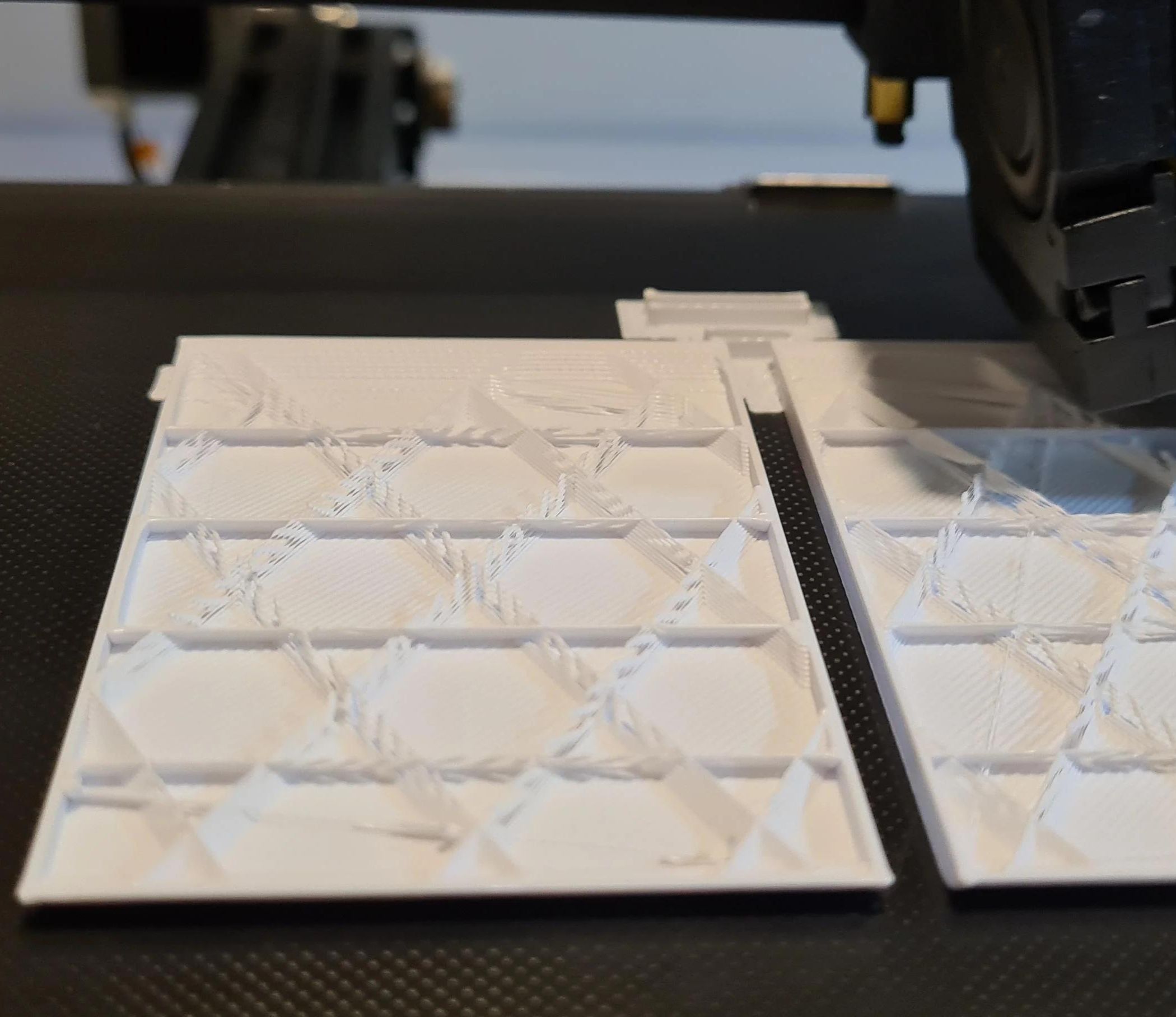




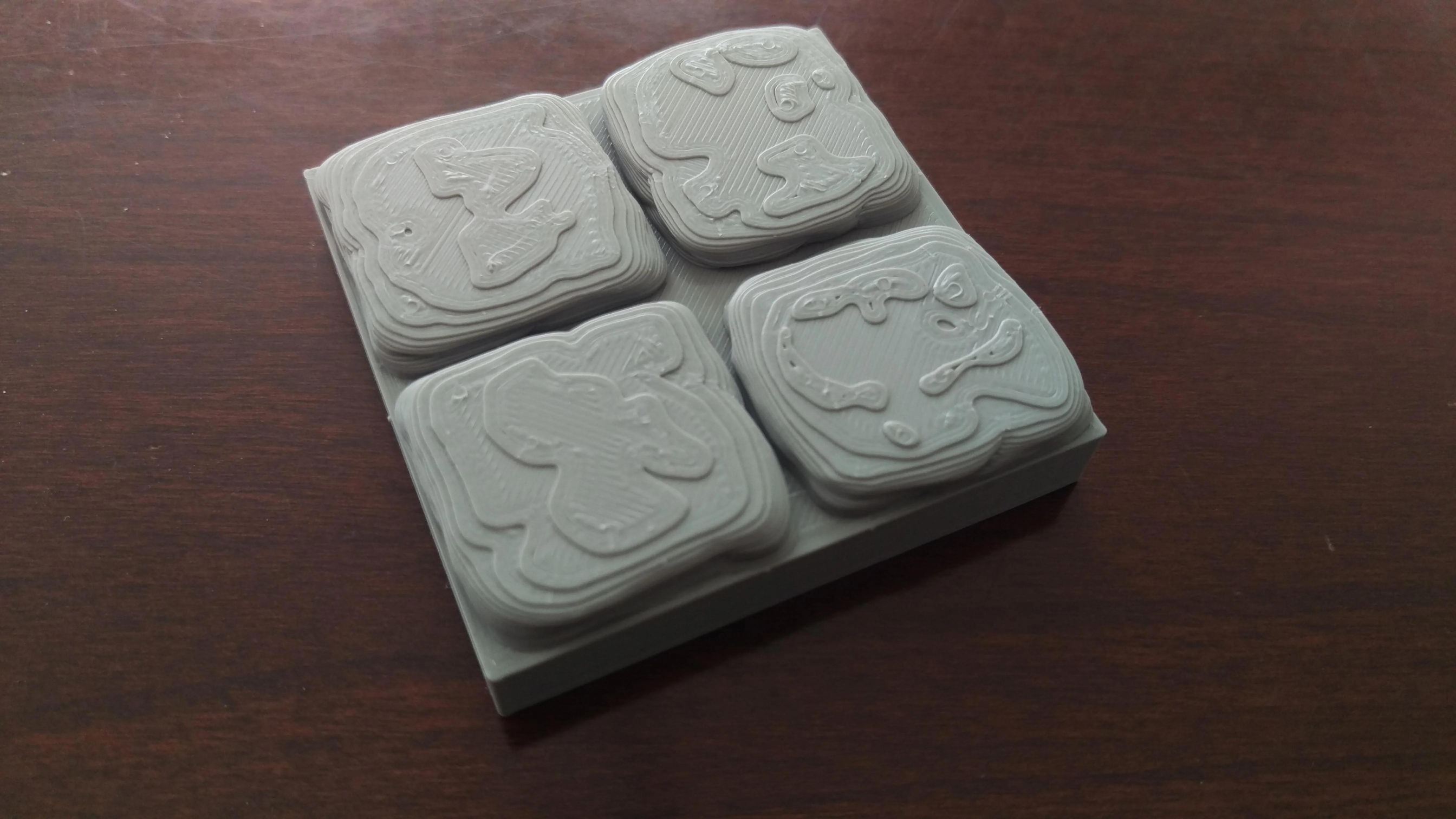
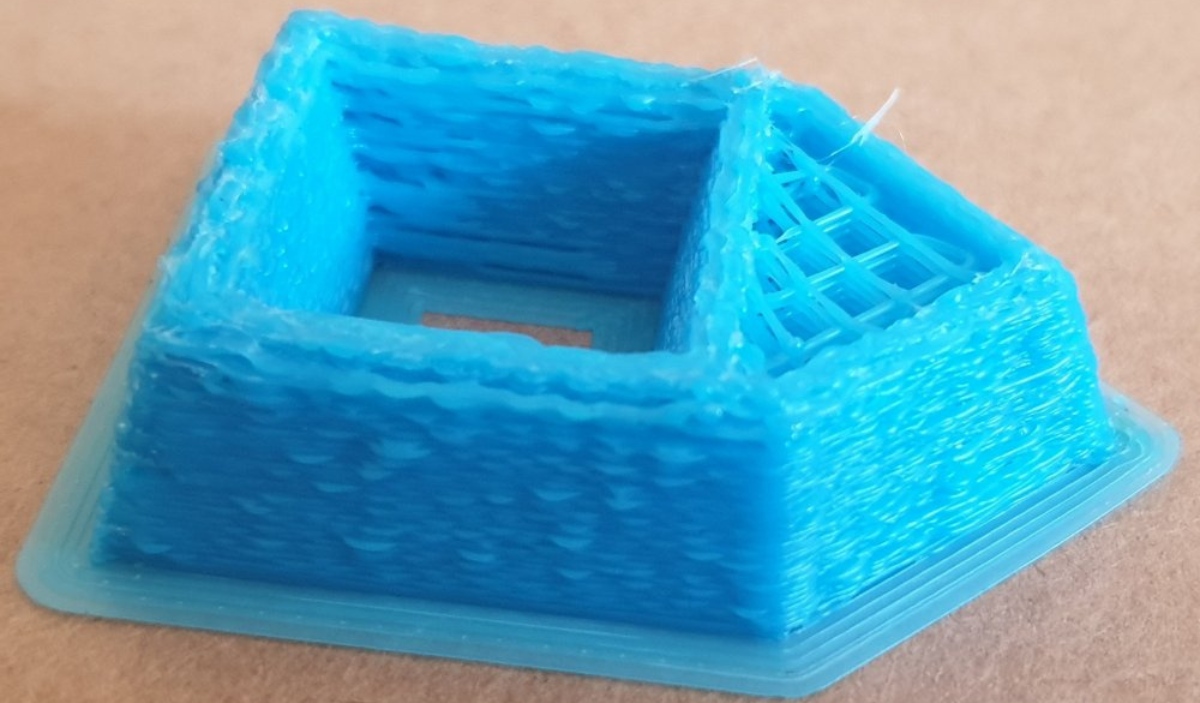
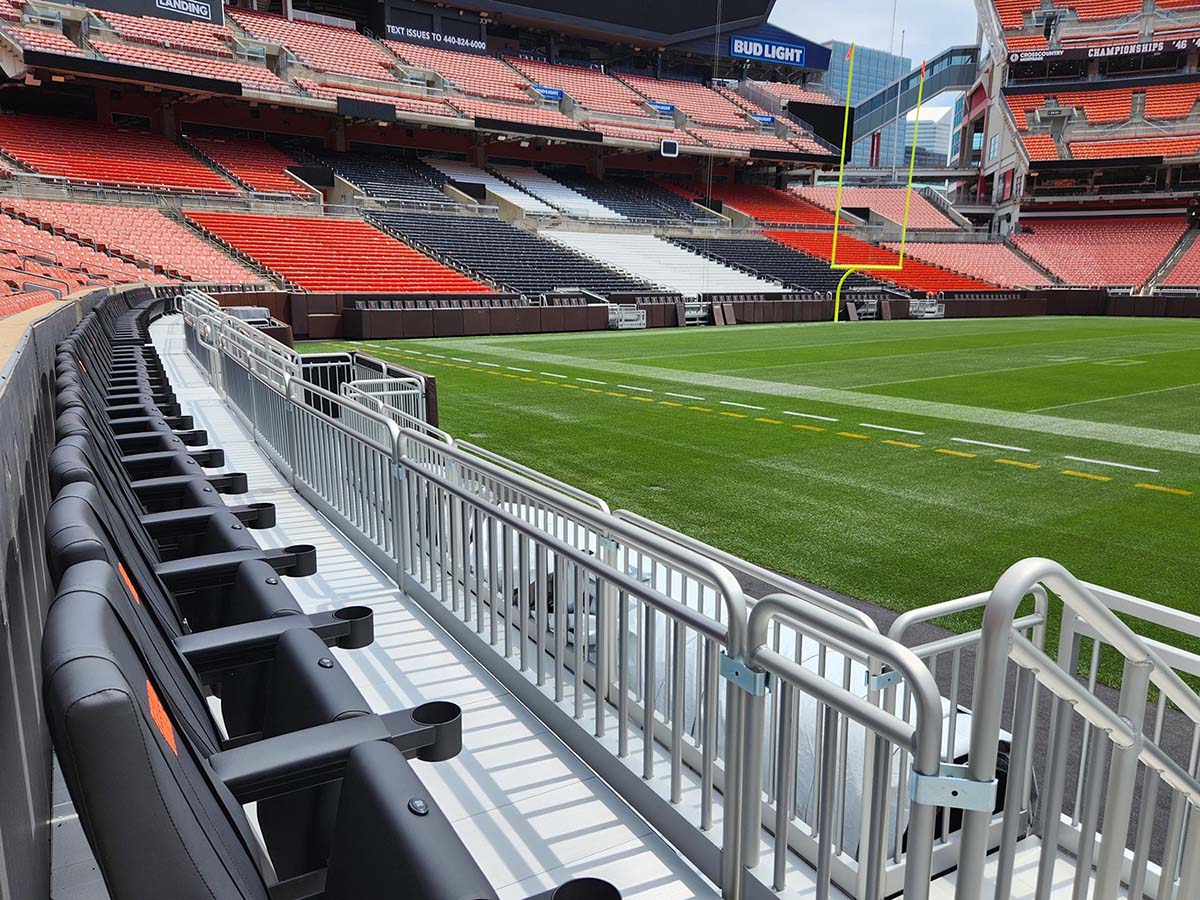

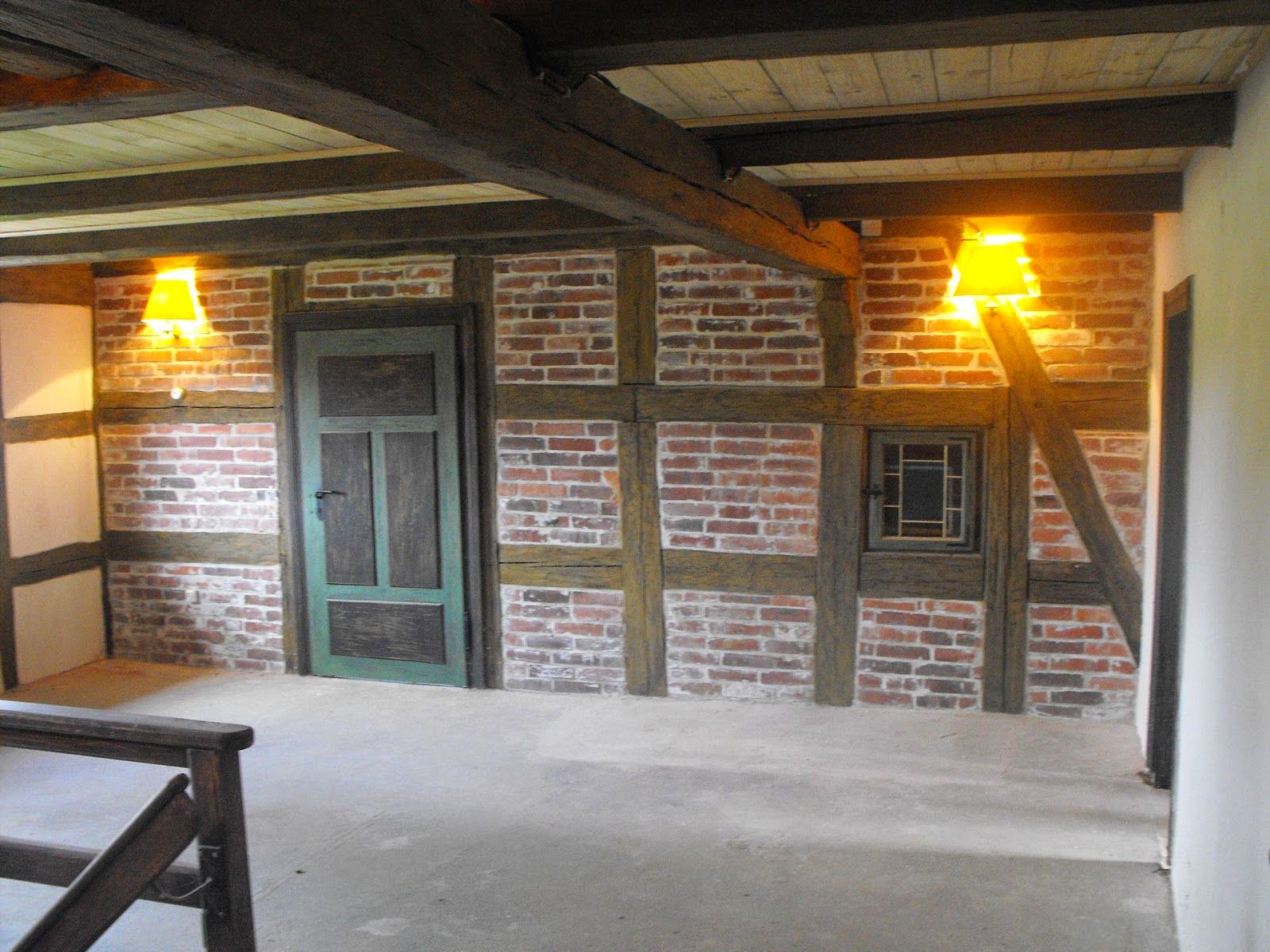

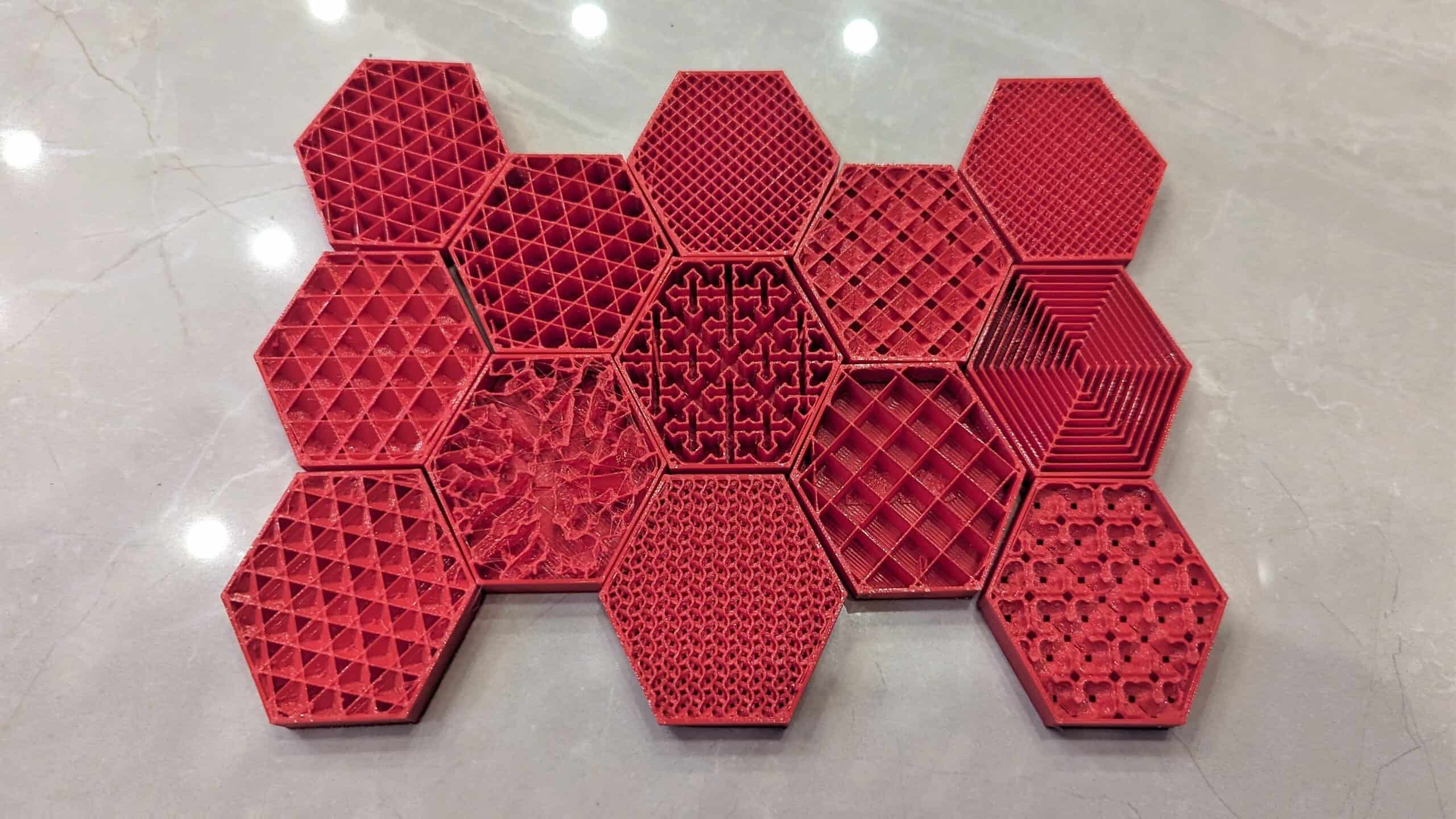
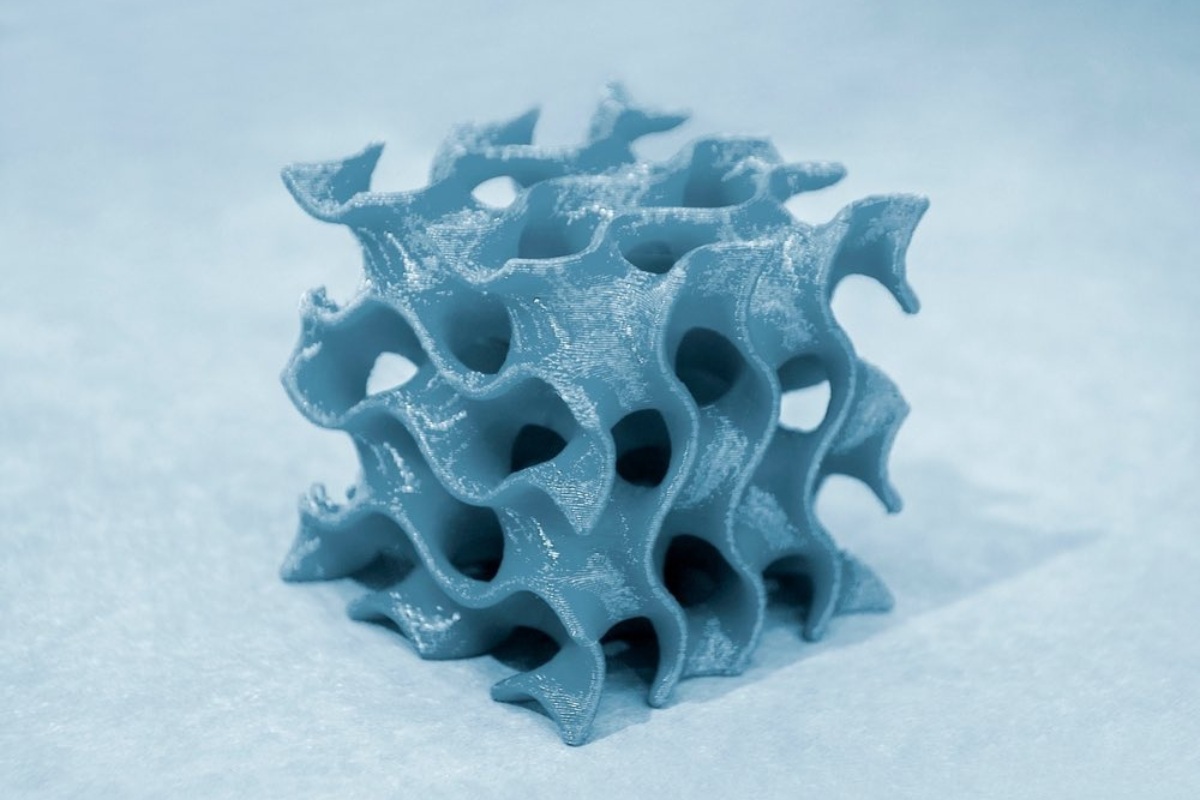


0 thoughts on “What Is Infill Plane”